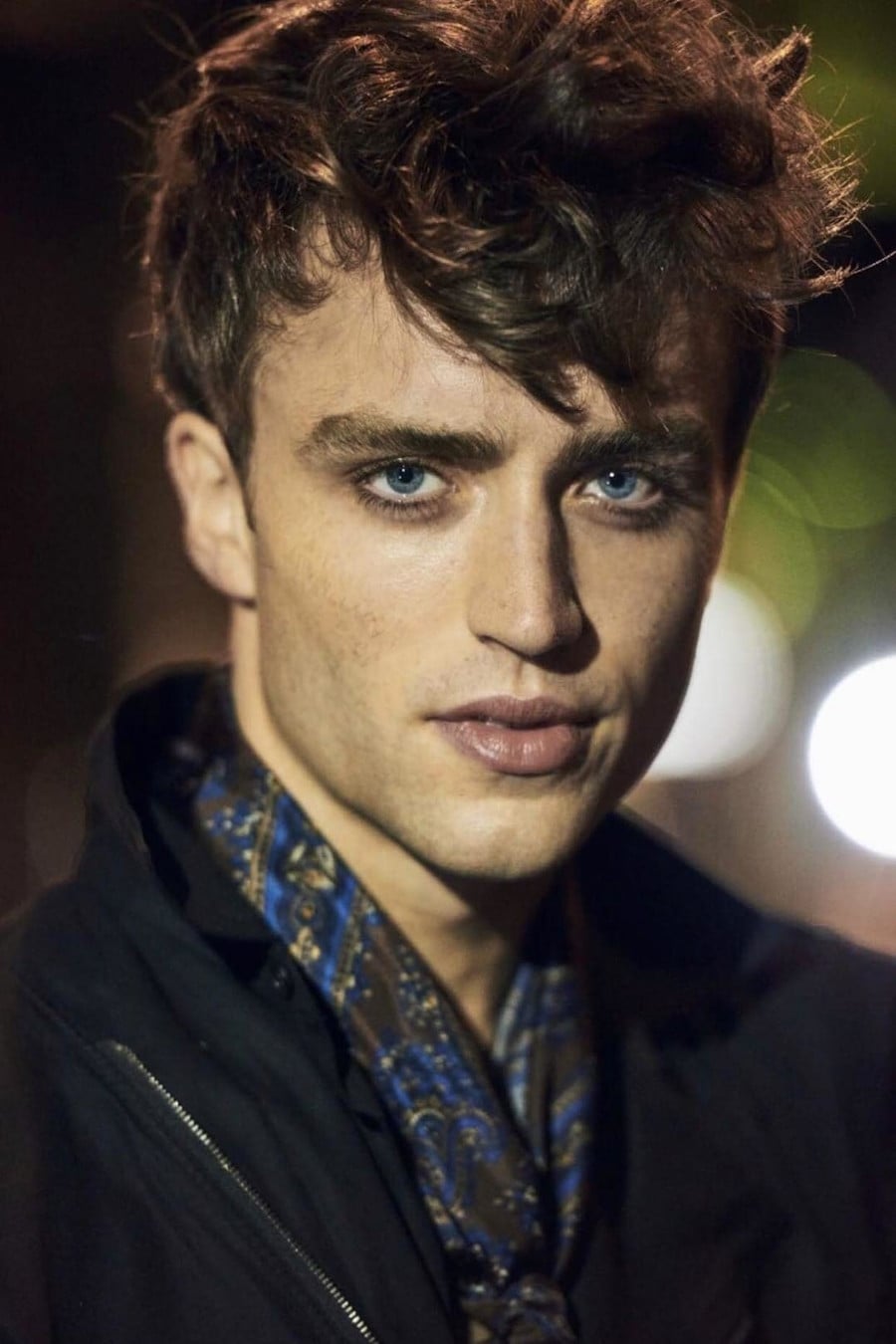

Tita, who lives on a ranch in Mexico, falls in love with a boy, Pedro, who lives nearby; but when they want to get married, Tita's family prevents it, because she must remain single to take care of her mother.
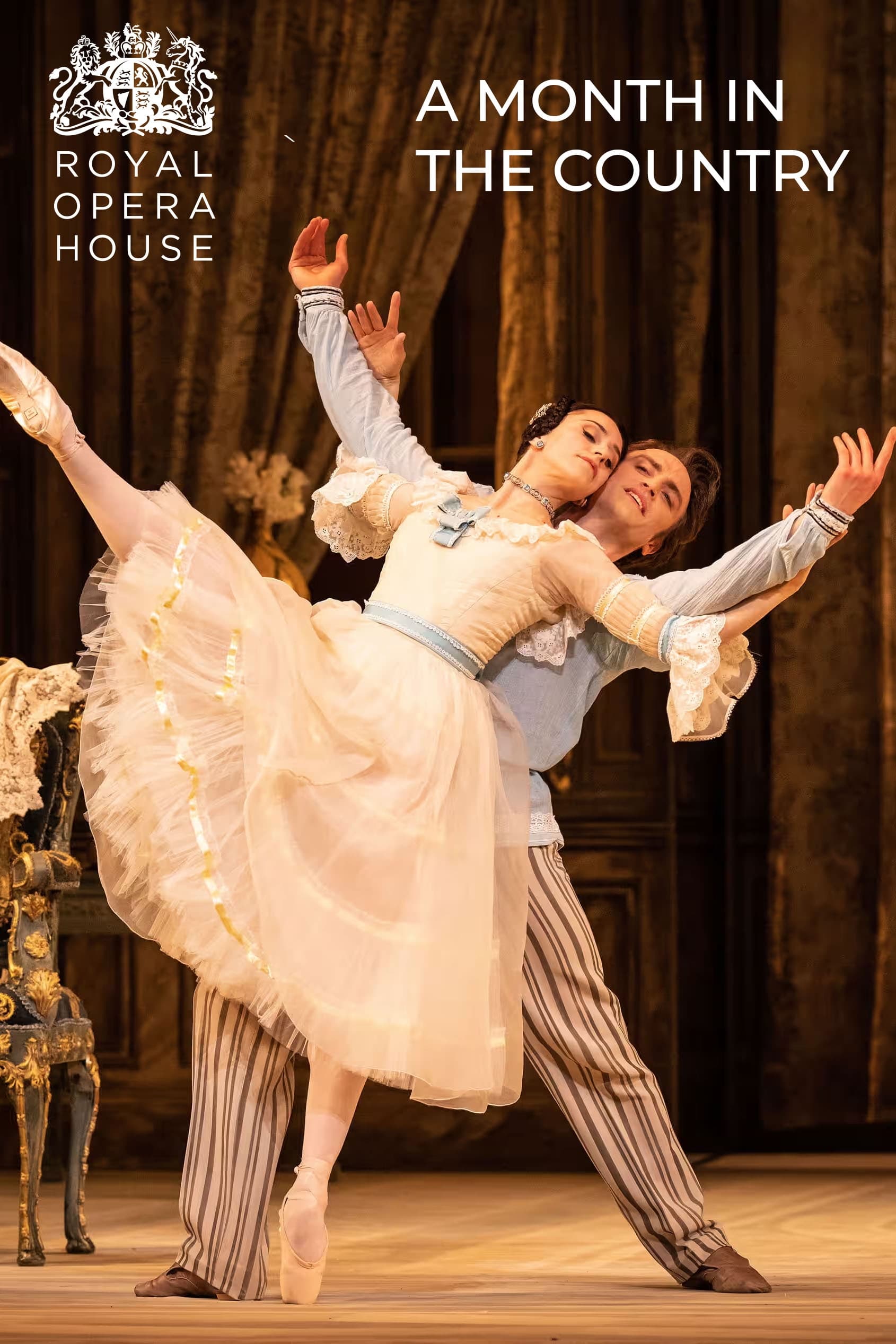
Ashton gracefully reimagines Turgenev's play A Month in the country as a one-act ballet where all the drama unfolds in the family's living room upon the arrival of dashing young tutor. Characters come in and out, their feelings for one another displayed through solos and pas de deux, highlighting Ashton's talent for playing out complex drama through detailed and intricate choreography.

Giselle is the classic ballet of the Romantic era – and, for the dancer performing the title role, one of the greatest challenges in the repertory. Peter Wright’s production, a classic itself, perfectly achieves the dual aspects of the ballet, moving from the naivety of young love between Giselle and Albrecht in the village setting of Act I to the ethereal Wilis in Act II’s eerie moonlit forest. Rich in vivid character detail and poignant depth of feeling, Giselle is a reminder of ballet’s power to move and thrill.
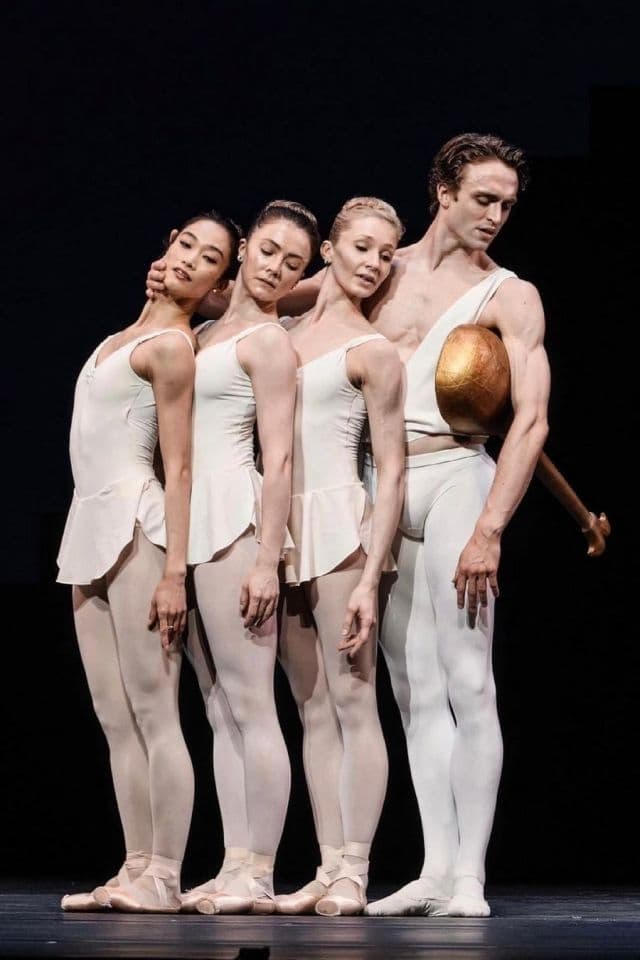
The rich history of American ballet is celebrated in classic works by George Balanchine and Jerome Robbins, two choreographic giants of the 20th century. Apollo brought Balanchine together for the first time with composer Igor Stravinsky. Their creation for Diaghilev’s Ballets Russes in 1928 remains a masterpiece of neoclassicism in its striking depiction of the young god of music and his three muses. Balanchine’s effervescent Tchaikovsky Pas de Deux breathes life into a long-lost movement from Tchaikovsky’s original score for Swan Lake. Created in 1960 for virtuoso New York City Ballet dancers Violette Verdy and Conrad Ludlow, its thrilling technical challenges are still relished by performers today.

The wicked fairy Carabosse is furious she wasn’t invited to Princess Aurora’s christening. She gives the baby a spindle, saying that one day the Princess will prick her finger on it and die. The Lilac Fairy makes her own christening gift a softening of Carabosse’s curse: Aurora will not die, but will fall into a deep sleep, which only a prince’s kiss will break. The masterful 19th-century choreography of Marius Petipa is combined with sections created for The Royal Ballet by Frederick Ashton, Anthony Dowell and Christopher Wheeldon. Recorded live as part of the Royal Opera House Live Cinema Season 2019/20 with encore screenings broadcast online during the #OurHousetoYourHouse programme.
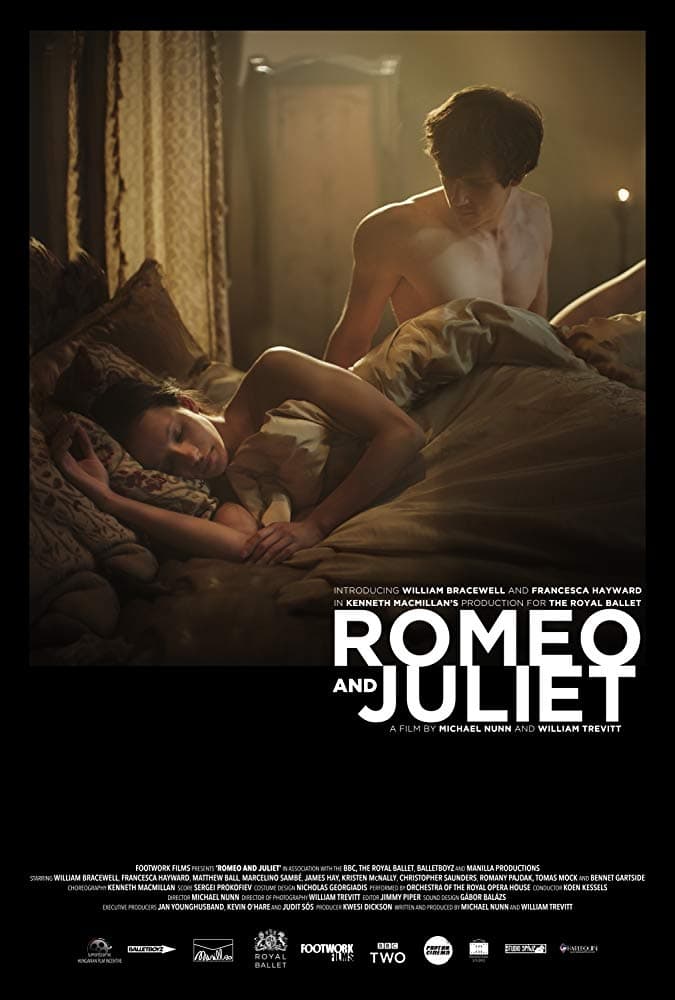
As members of the feuding Capulet and Montague families, Romeo and Juliet should be sworn enemies, but they fall deeply in love and marry in secret. That very day, disastrous circumstances lead Romeo to fight and kill Juliet’s cousin Tybalt, setting off a chain of events that culminate in tragedy.
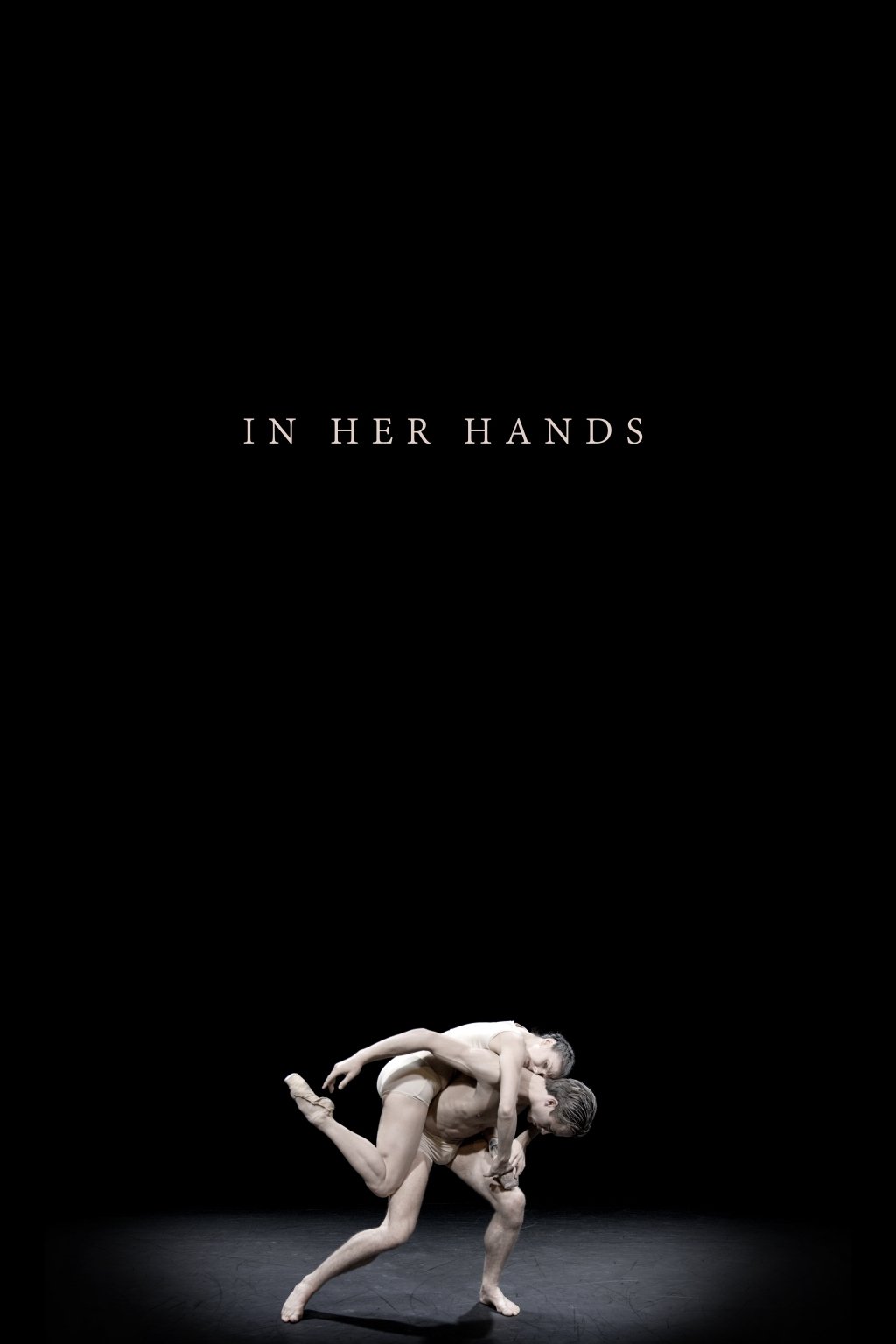
Dance film inspired by the life and work of the artists Camille Claudel and Auguste Rodin.
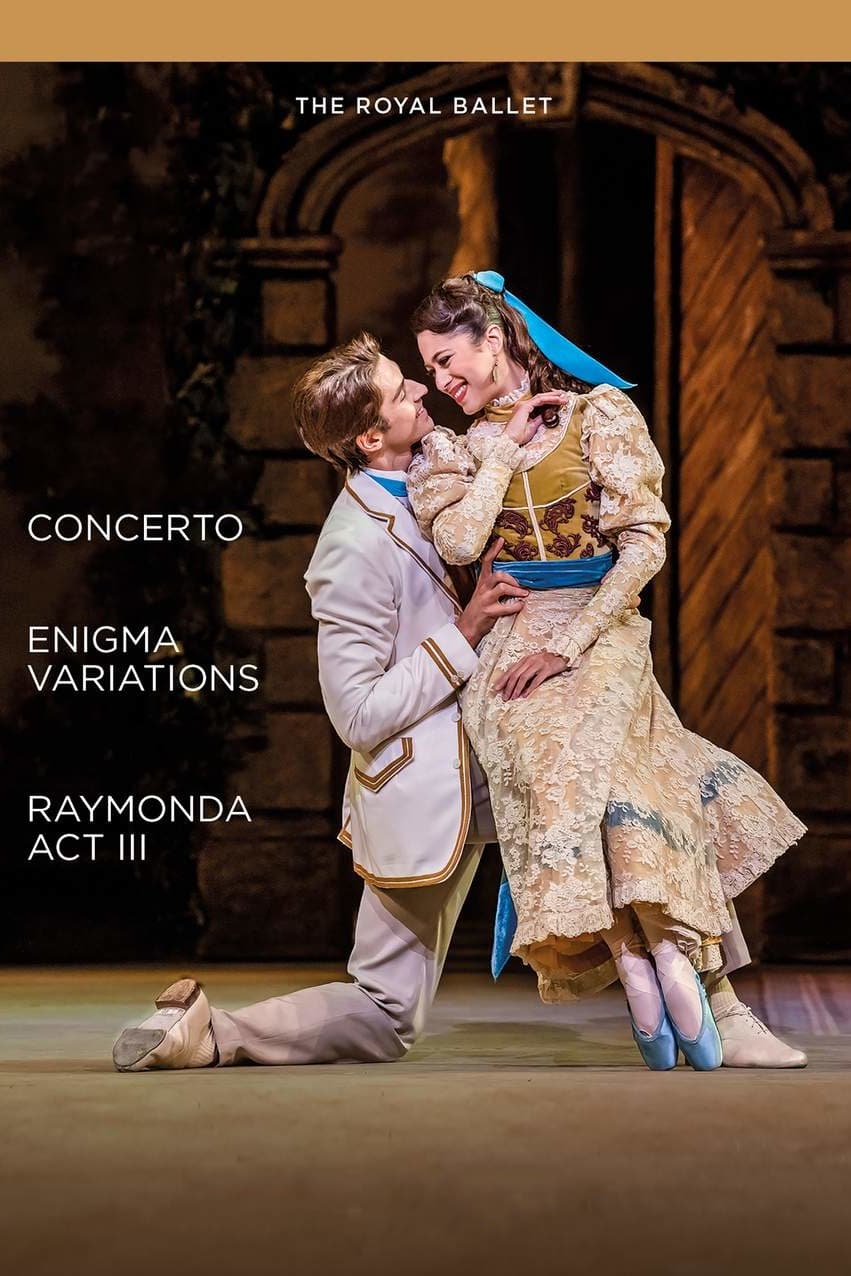
From The Royal Ballet’s classical origins in the works of Petipa, to the home-grown choreographers who put British ballet on the world stage, this mixed programme highlights the versatility of the Company. Petipa’s Raymonda Act III is Russian classical ballet summarized in one act, full of sparkle and precise technique, while Ashton’s Enigma Variations is quintessentially British in every way – from its score by Elgar and period designs by Julia Trevelyan Oman, to Ashton’s signature style, the essence of British ballet. Concerto, MacMillan’s fusion of classical technique with a contemporary mind, completes a programme that shows the breadth of the Company’s heritage.
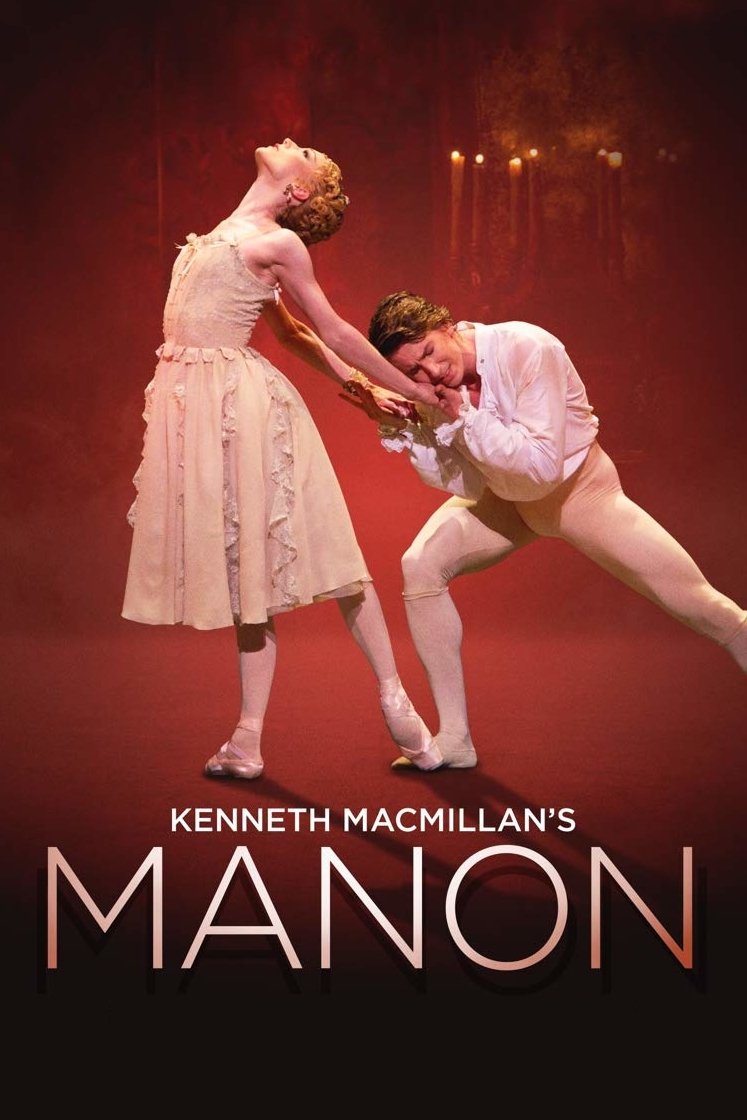
Manon’s brother Lescaut is offering her to the highest bidder when she meets Des Grieux and falls in love. They elope to Paris, but when Monsieur G.M. offers Manon a life of luxury as his mistress she can’t resist.

Christopher Wheeldon draws on ancient Greece and reflects on love in Bernstein’s Serenade, after Plato’s ‘Symposium’.
By browsing this website, you accept our cookies policy.